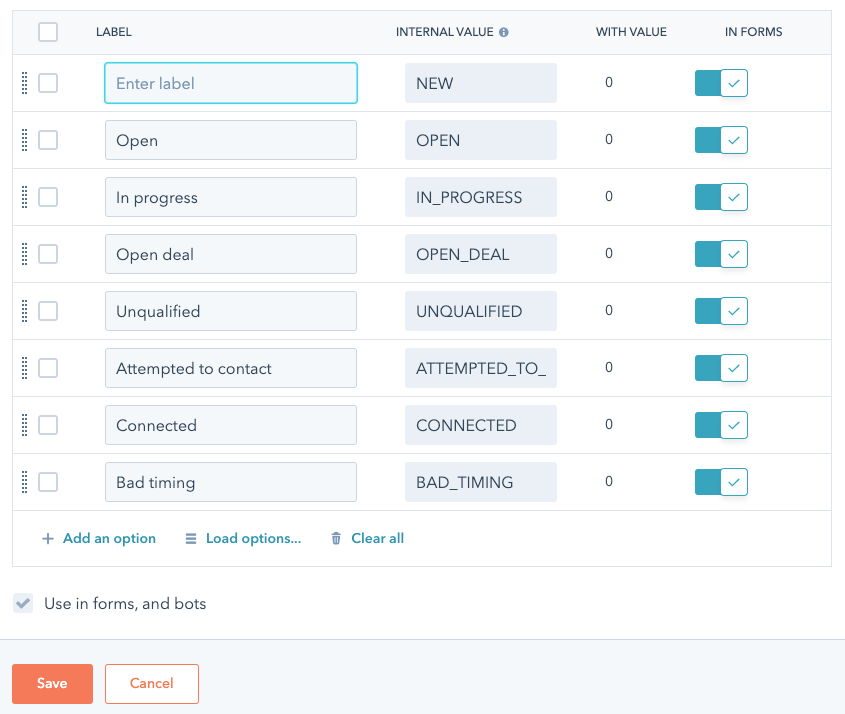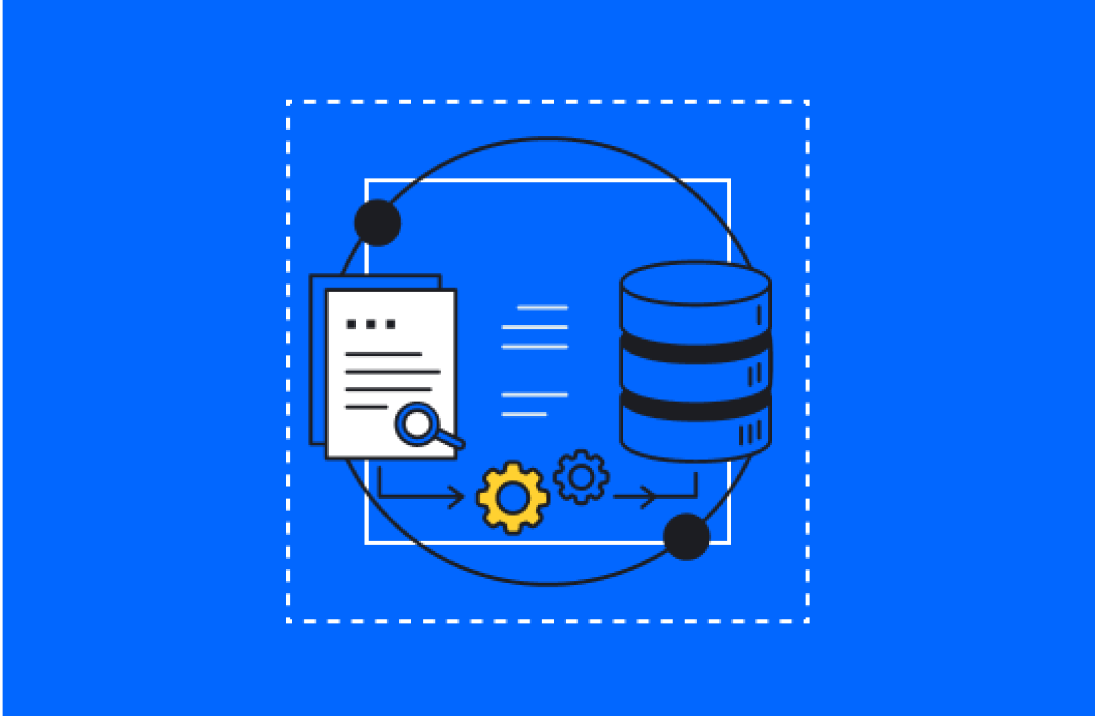Understanding your leads and where they are in the buyer's journey is crucial for creating effective marketing strategies. Two common ways to track leads are through lifecycle stages and lead statuses. While these two terms may seem interchangeable, they serve different purposes in your marketing efforts.
In this blog post, we'll explore the differences between lifecycle stages and lead statuses, how they work together, and why it's important to have a clear understanding of both for successful lead management.
Lifecycle Stage
In the marketing and sales process, lifecycle stage refers to the different stages a lead goes through in their journey toward becoming a customer. Some companies designate unique lifecycle stages depending on the nature of their businesses, but HubSpot defines the separate life cycle stages as follows:
 (Source: HubSpot)
(Source: HubSpot)
The earliest lifecycle stage, “Subscriber,” refers to someone who has subscribed to one of your channels to receive regular updates about your company. This could be an email newsletter subscriber, a blog subscriber, or even a social media follower.
Leads are contacts that have been determined to be prospective customers. As you can see in the image above, multiple lifecycle stages involve leads, including standard leads, marketing-qualified leads (MQLs), and sales-qualified leads (SQLs). Some brands choose to simply use statuses like “lead” and “qualified lead.”
These designations are different from lead statuses. We’ll discuss those in a moment.
Opportunities represent high-quality leads that are ready to buy, while customers represent contacts who have already made a purchase. Finally, evangelists are those customers who are so impressed with your service or product that they actively promote it to other people or businesses.
Why Do Lifecycle Stages Matter?
The purpose of assigning a lifecycle stage to each lead is to help marketers understand where each lead is in the buying process and tailor their marketing efforts accordingly. By tracking leads through their lifecycle stages, marketers can more effectively nurture them with targeted messaging and content that meets their specific needs and interests at each stage of the journey.
For example, a lead is a prospective customer only based on the fact that they’ve interacted with the business and fit the company’s customer profile. They don’t become marketing qualified until they are indicated at least some interest in what the company has to offer based on its marketing efforts.
This brings us to lead statuses.
Lead Status
Lead status refers to the current position of a lead in the sales process. The purpose of assigning a lead status to each lead is to help sales teams prioritize their efforts and focus on leads that are most likely to convert into customers.
By tracking leads through their various statuses, sales teams can identify which leads require further nurturing or follow-up and which leads are ready for more direct engagement. Additionally, lead statuses can provide valuable insights into the effectiveness of your marketing efforts by revealing patterns in lead behavior and conversion rates at different stages of the sales process.
HubSpot has default lead statuses, beginning with “new,” that can be applied to leads manually or added based on triggers in automated workflows. Unlike lifecycle stages, HubSpot’s lead statuses can be edited and customized to fit the needs of your business.

(Source: HubSpot Community)
These statuses are incredibly useful for keeping your sales team informed about how leads have been contacted and how they’ve responded.
For example, a new lead is ready to be contacted or nurtured further. They could be enrolled in an automated drip campaign to encourage them to engage more or sign up for an event.
An open lead has shown enough interest to sign up for something, such as a demonstration or a webinar. Meanwhile, an open deal represents a sales opportunity because the lead has expressed interest in buying your products or services, but they haven’t decided whether to purchase yet.
Using Lifecycle Stage and Lead Status Together
Now that we know what each term means, let's look at why it's important to use them together when marketing to leads and customers alike.
By understanding both a person's lifecycle stage and their lead status you can create highly targeted campaigns based on their current position within the customer journey as well as how engaged they are with your company.
This allows you to provide more personalized messaging which leads to higher conversion rates because people feel like they're being spoken directly to instead of just being part of a generic mass-marketing campaign.
Additionally, using both approaches ensures that no one slips through the cracks; if someone has gone dormant but hasn't yet reached the end of their customer journey then appropriate action can be taken before it's too late.
It's Time to Utilize Lifecycle Stages and Lead Statuses
In sum, utilizing both lifecycle stage and lead status when marketing to potential customers allows for more personalized messaging tailored specifically to each individual. Every message can be designed based on where they are in their lifecycle stages as well as how they’ve interacted with your company so far.
This ensures every potential customer receives messaging and content that is relevant to them. More importantly, it also prevents your marketing and salespeople from sending the same or similar messages to leads or sending leads information that is no longer relevant to their place in the sales journey.
Interested in learning more? Contact us at Aptitude 8 and see how we can help you utilize your lifecycle stages and lead statuses in your CRM to reach your business goals.






